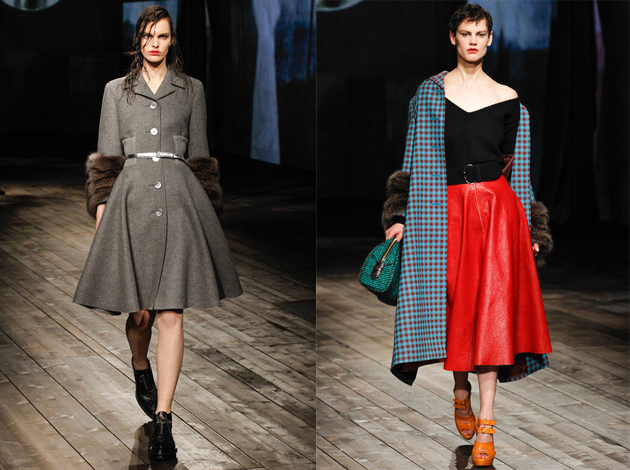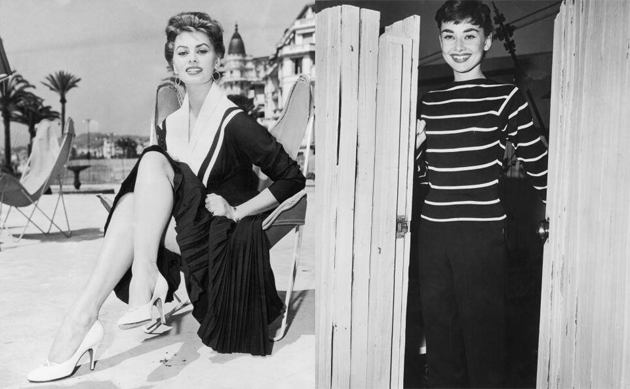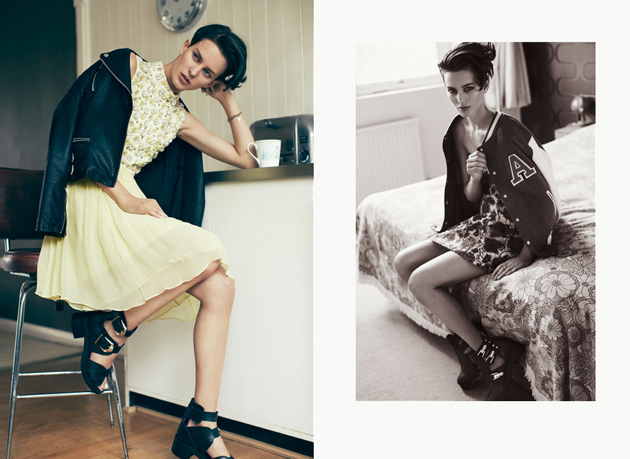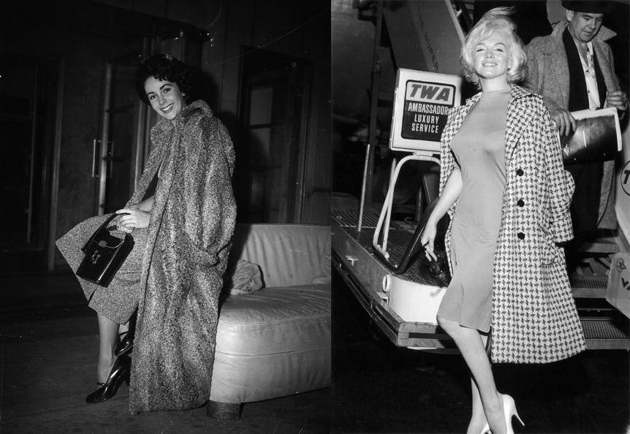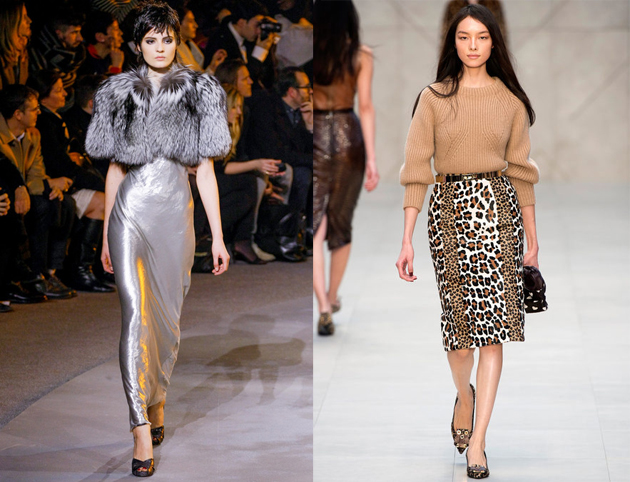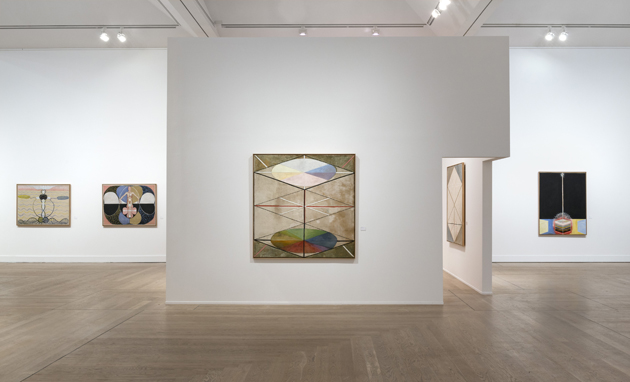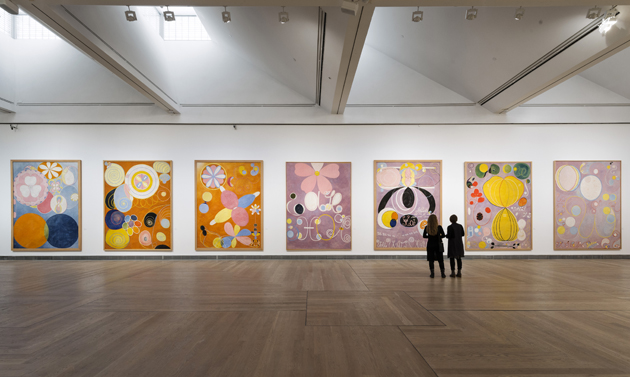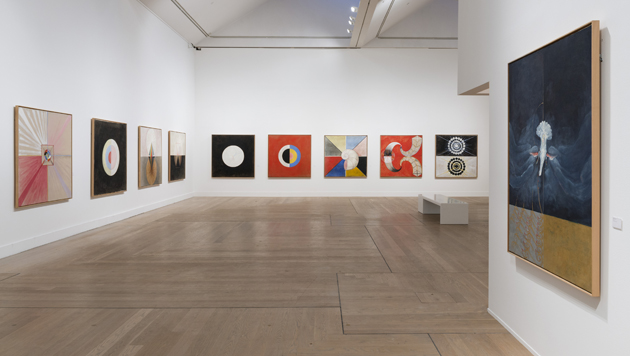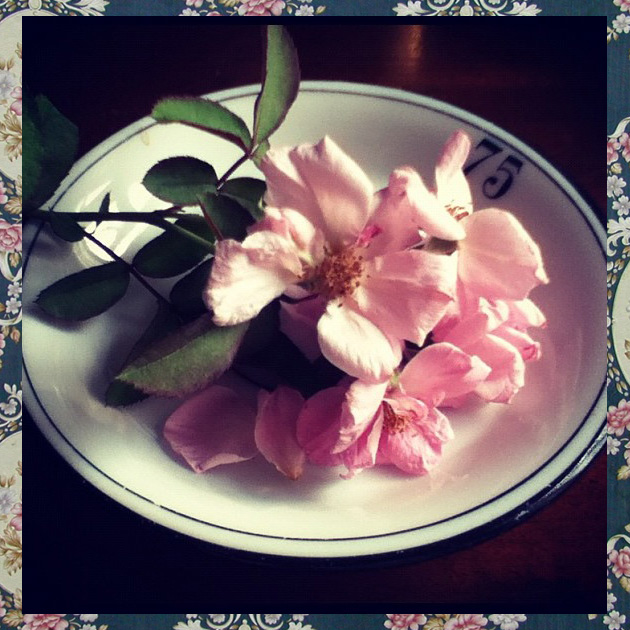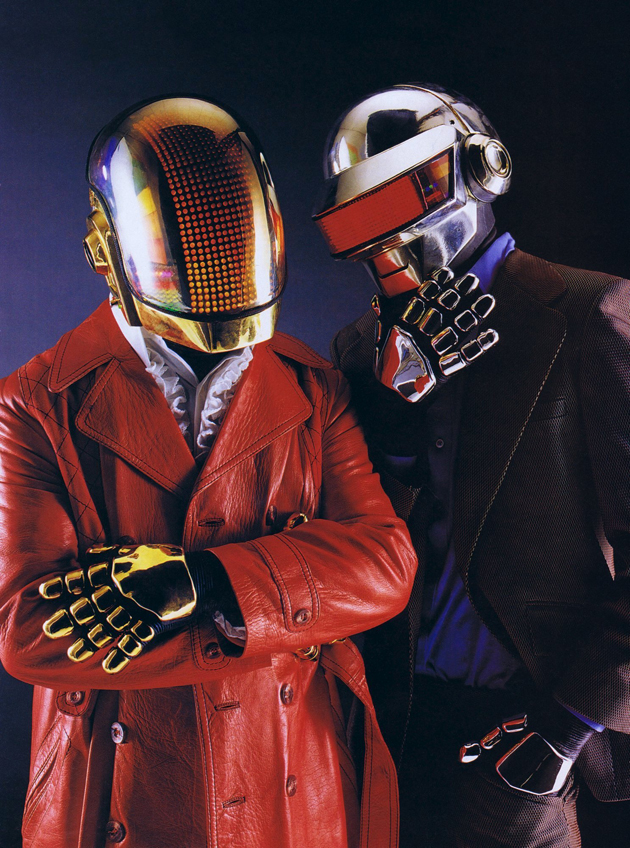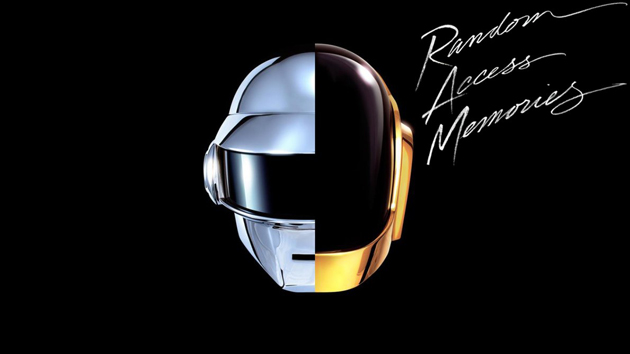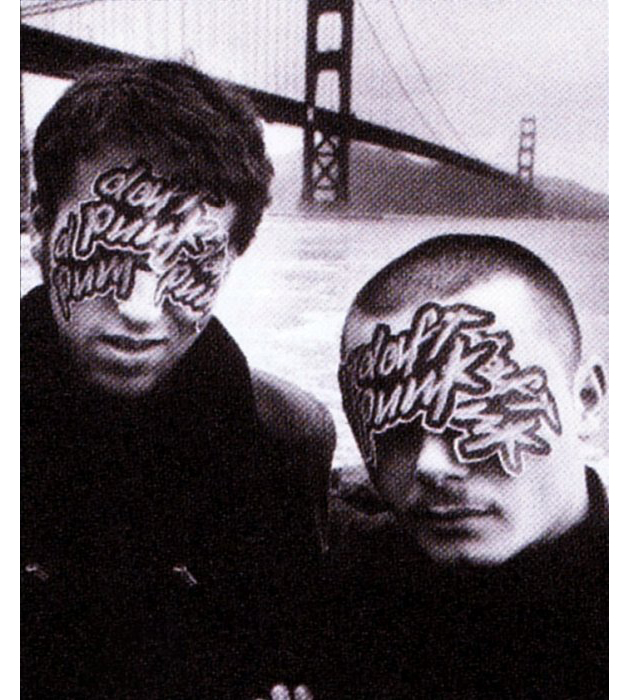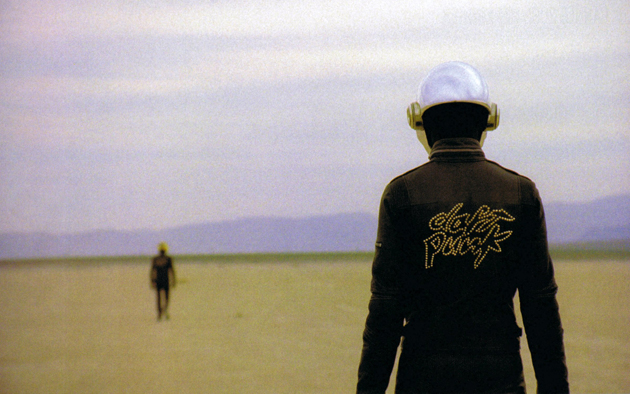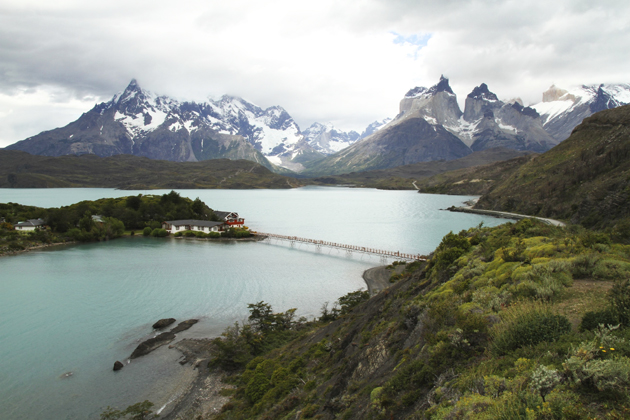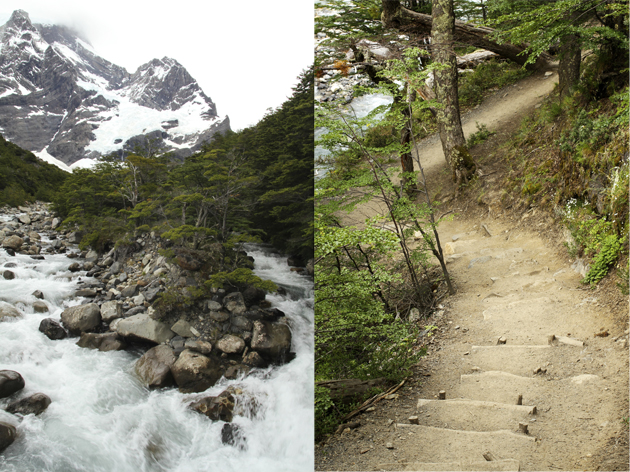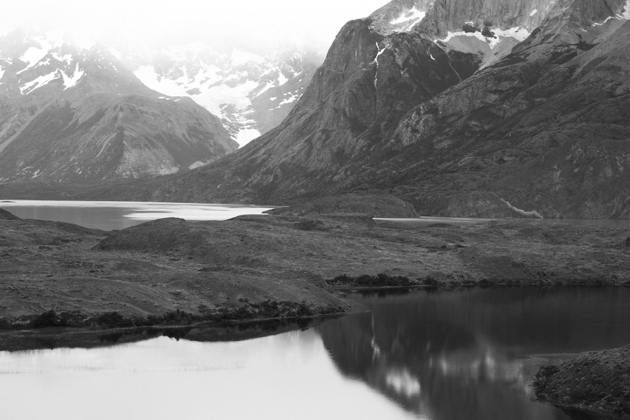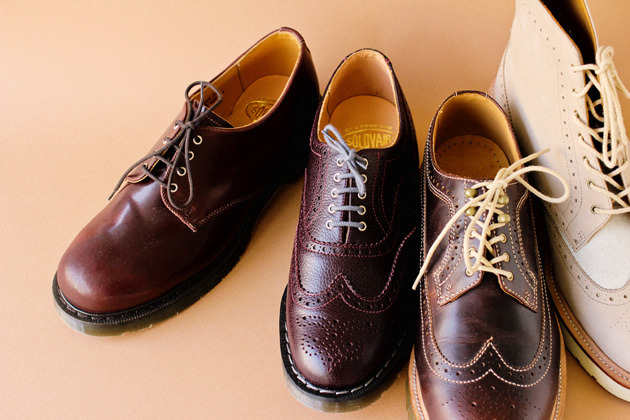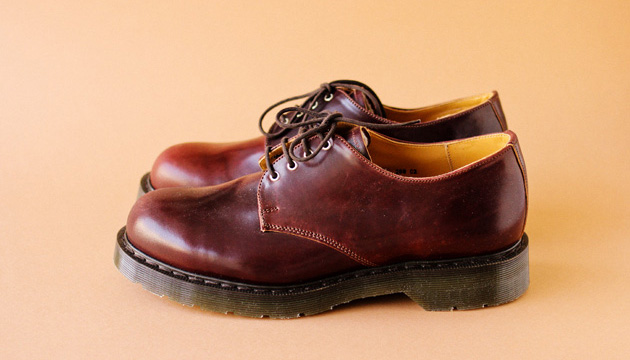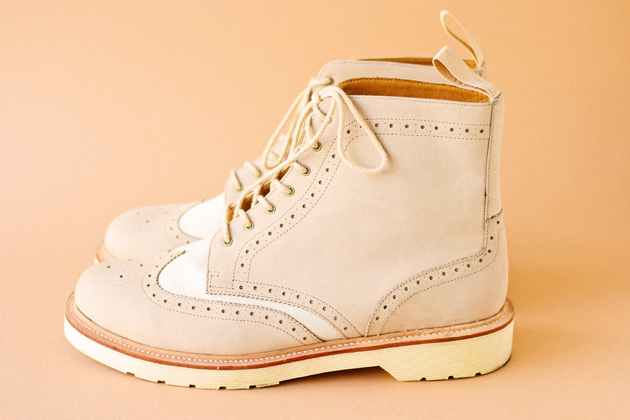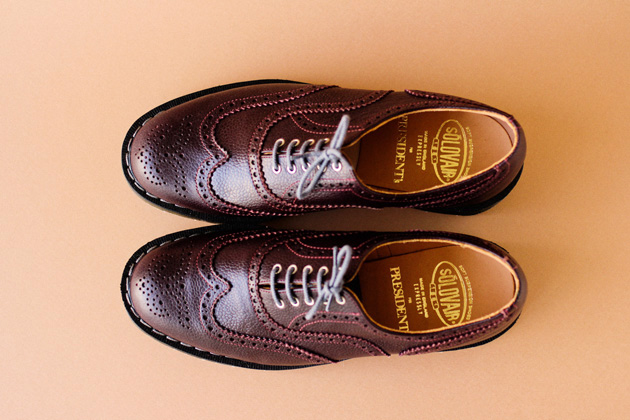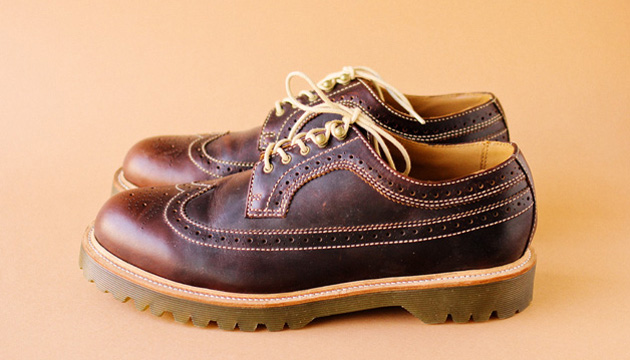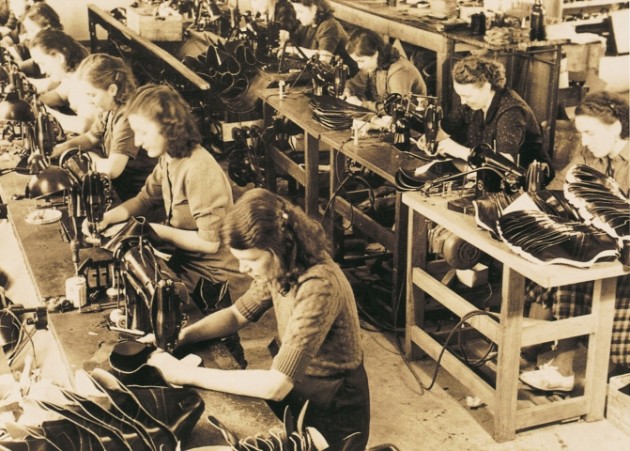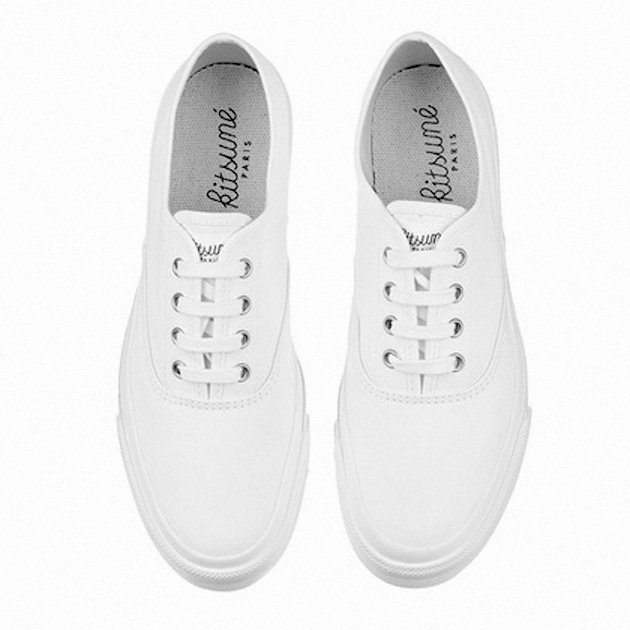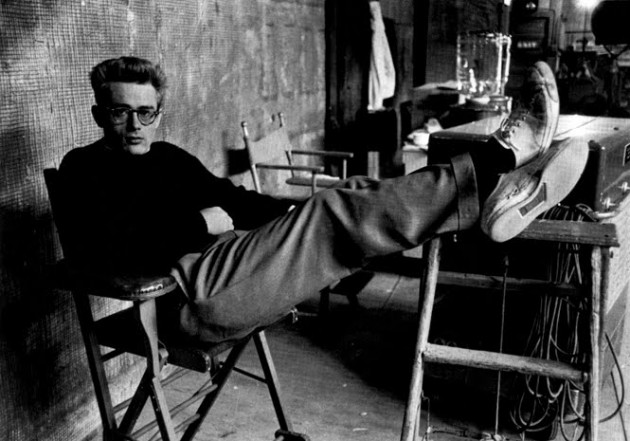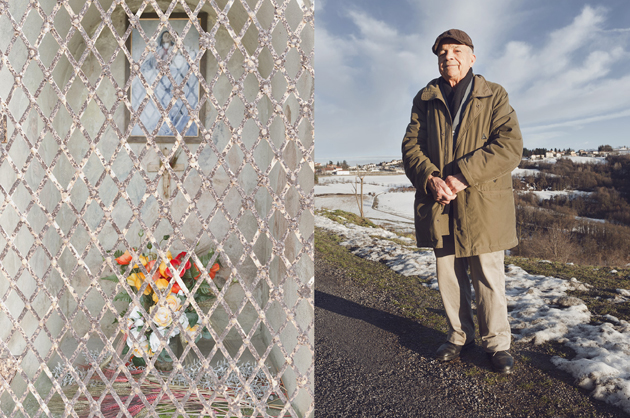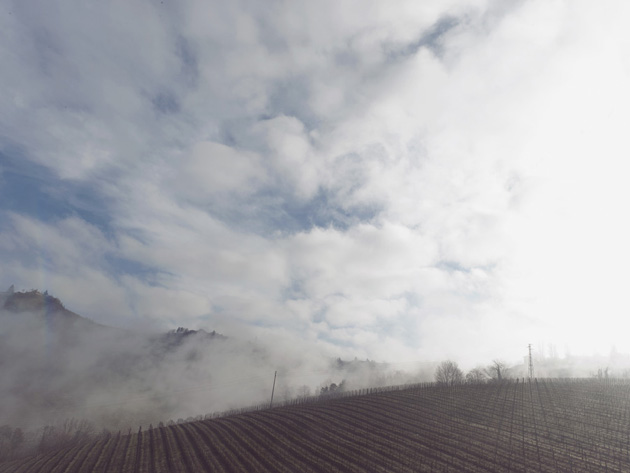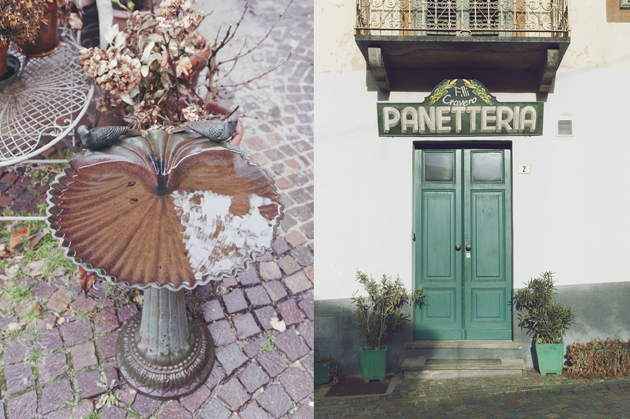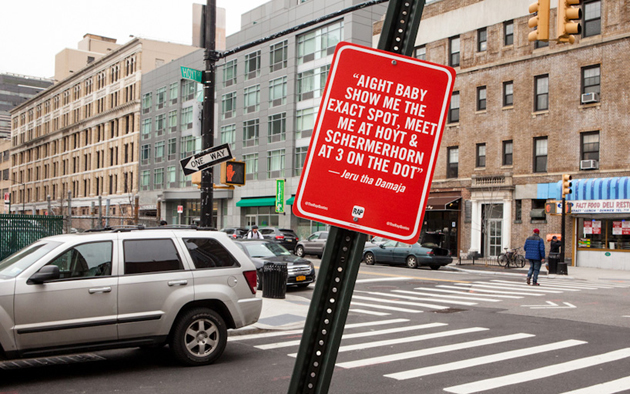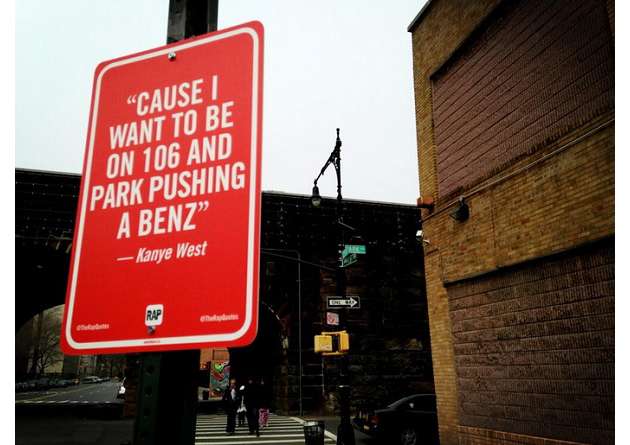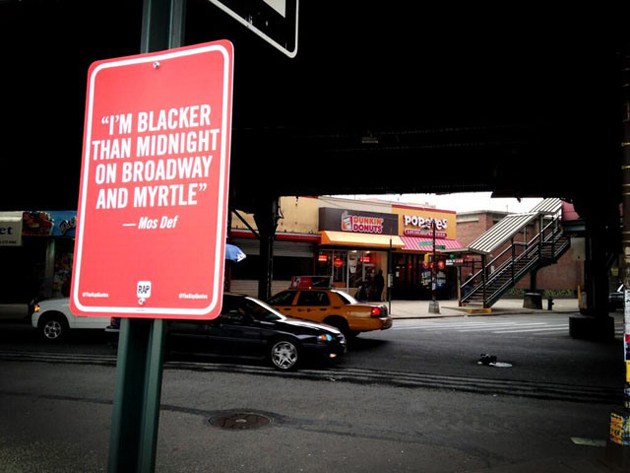Public Works: Architecture by Civil Servants
The architect, or so the popular narrative goes, is a singleminded auteur, a créateur hellbent on erecting his or her (mostly his) vision of the built environment. He’s a mix of van Bruggen and Serra, decking out the city with pretty showpiece sculpture. He is Hadid and Gehry and Calatrava and the like, dreaming up improbable, untouchable icons akin to garish Rolls-Royce hood ornaments.
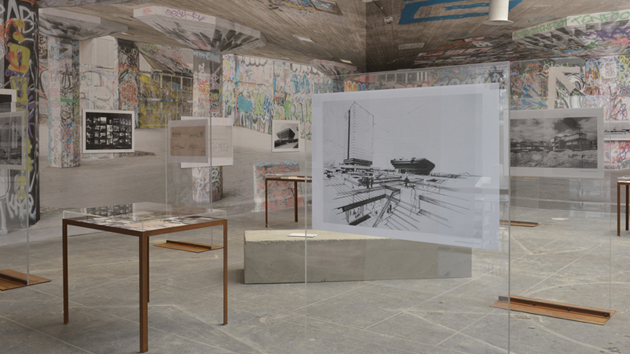
But, in case you haven’t noticed, you likely don’t inhabit an ornament. Rather, it’s probably a series of boxes penned by someone with a far less impressive name. Do you know who designed London’s magnificent, sweeping Barbican? Chicago’s utopian, yet tremendously functional Marina City? Your own home, for that matter? Doubtful. Yet it is precisely those functional, perhaps benignly anonymous buildings that our human lives actually inhabit. These works by architects no less diligent than their better-known colleagues are the real fabric of the built environment.
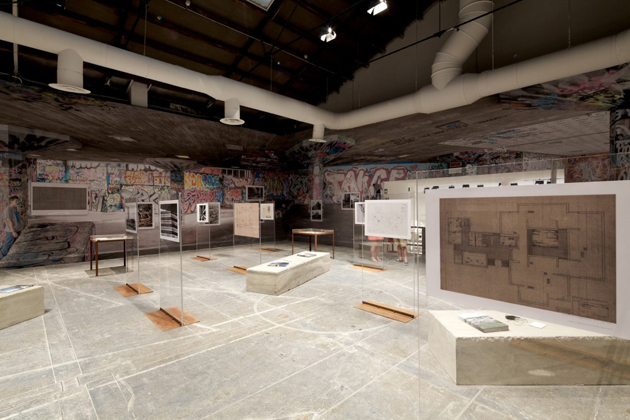
So, while the names of the architects who design these buildings have already been forgotten by posterity, OMA has curated Public Works: Architecture by Civil Servants, a fresh exhibition that seeks to at least pay tribute to their excellent work. Ironically enough, OMA itself is headed by the irascible Rem Koolhaas (the contemporary architect who perhaps best defines the aforementioned starchitect archetype – starchetype?), but his practice is nothing if not a visionary and considerate of human society. It seems strangely appropriate that this starchitect would be behind such an inclusive tribute to the extensive work of “anonymous bureaucrats” (the words of co-curator Reinier de Graaf): his forbears, his successors, his minions. The servants which make the boxes against which his starkly original designs look all the more impressive.
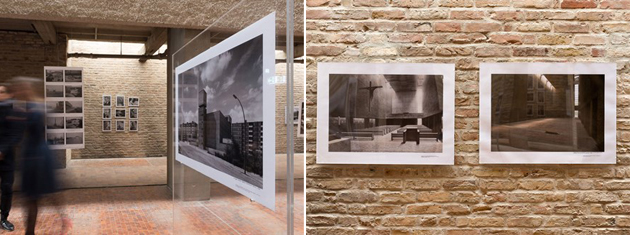
The show, which first opened at last year’s Venice Biennale d’Architettura, focuses specifically on large-scale, oft maligned brutalist/modernist 1960s-1970s public architecture of London, Berlin, Amsterdam, Italy and France. De Graaf calls the period “a short-lived, fragile period of naïve optimism, before the market economy’s brutal command took the lead.” It was the last gasp of an era when designers and planners actually seemed to believe they could neatly, cleanly solve world problems of urbanism once-and-for-all through building.
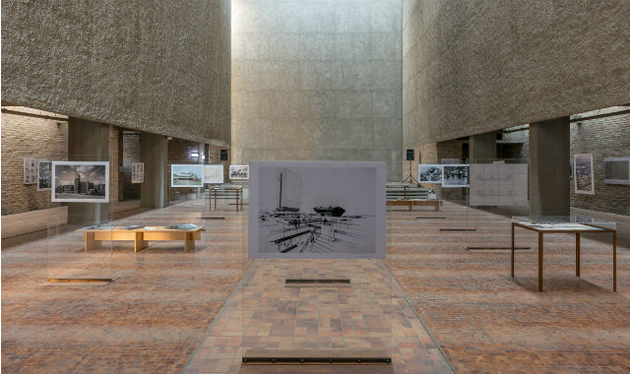
Open through April 14th at St. Agnes at Alexandrinenstraße 118 in Berlin.
Tag Christof